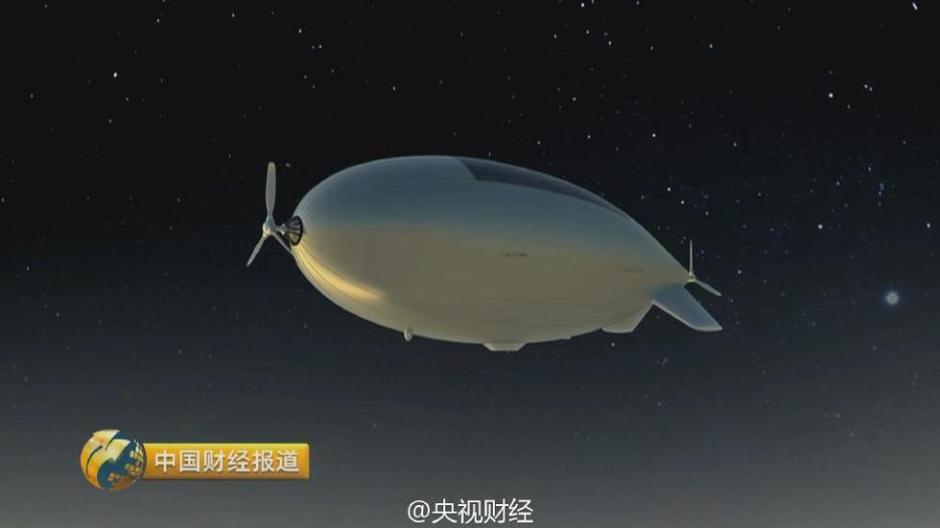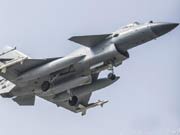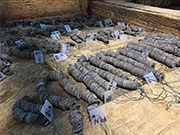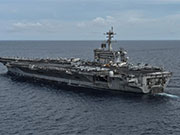

 |
According to CNTV, China recently conducted its first test flight of a stratosphere airship, which is capable of long flights in the stratosphere. The airship, independently developed by China, was given the name "Dream."
The long-duration capability of this airship is due to high strength materials developed by the Beijing University of Aeronautics and Astronautics, which can resist pressure differences in the stratosphere.
The stratosphere airship is an aerostat lighter than air. Its driving power comes from solar energy. It has also been equipped with a propulsion system. The biggest advantage of the airship is that it can achieve vertical takeoff and landing without relying on a runway, and it can stand above any geographic location, with an operating altitude beyond the scope of air traffic control. In addition, since it is not affected by bad weather, the stratosphere airship can carry out its work in all weather conditions.
The flight altitude of the airship is about 20,000 meters. It can carry large numbers of probes and communications equipment. As the stratospheric meteorological conditions are relatively stable, the airship can also realize long-duration flight. It can provide real-time monitoring of large regions and can maintain live audio with headquarters on the ground. It can also be used to monitor forest fires and give early typhoon warning. Besides these functions, the airship also has value in military applications. It can detect military movements and ship navigation over large regions.
Day|Week

 Spectacular aerial photos of the Three Gorges
Spectacular aerial photos of the Three Gorges New balls please! Polish sports stars strip off for risqué calendar
New balls please! Polish sports stars strip off for risqué calendar A glance at life of Ukrainian models working in Chongqing
A glance at life of Ukrainian models working in Chongqing Contestants of Mrs. Globe pose for photo in Shenzhen
Contestants of Mrs. Globe pose for photo in Shenzhen
 Bikini models attend hot pot banquet in Hefei
Bikini models attend hot pot banquet in Hefei 118-meter-high Never-used Building in NW. China Demolished
118-meter-high Never-used Building in NW. China Demolished J-10B fighters with homegrown engine in test flight
J-10B fighters with homegrown engine in test flight 10 tons of copper coins unearthed in 2,000 years old ancient tomb
10 tons of copper coins unearthed in 2,000 years old ancient tomb Beautiful graduate from police college becomes Internet hit
Beautiful graduate from police college becomes Internet hit Photos of U.S. Navy intruding in South China Sea released
Photos of U.S. Navy intruding in South China Sea released